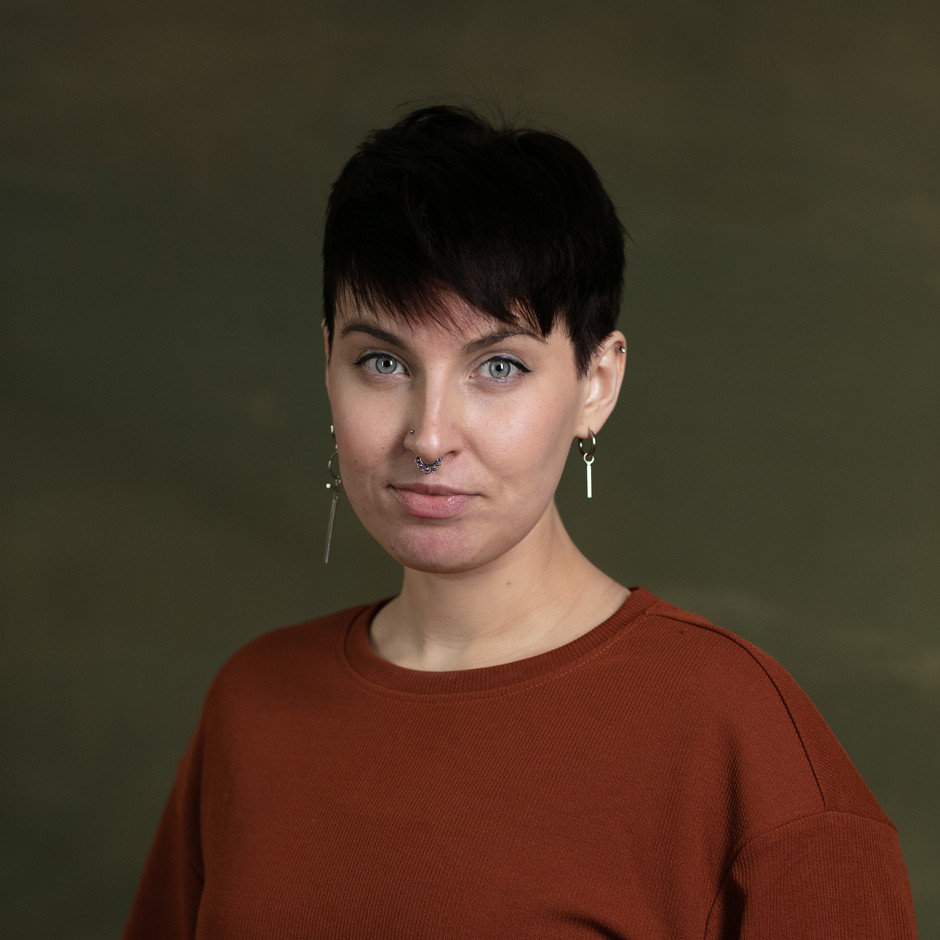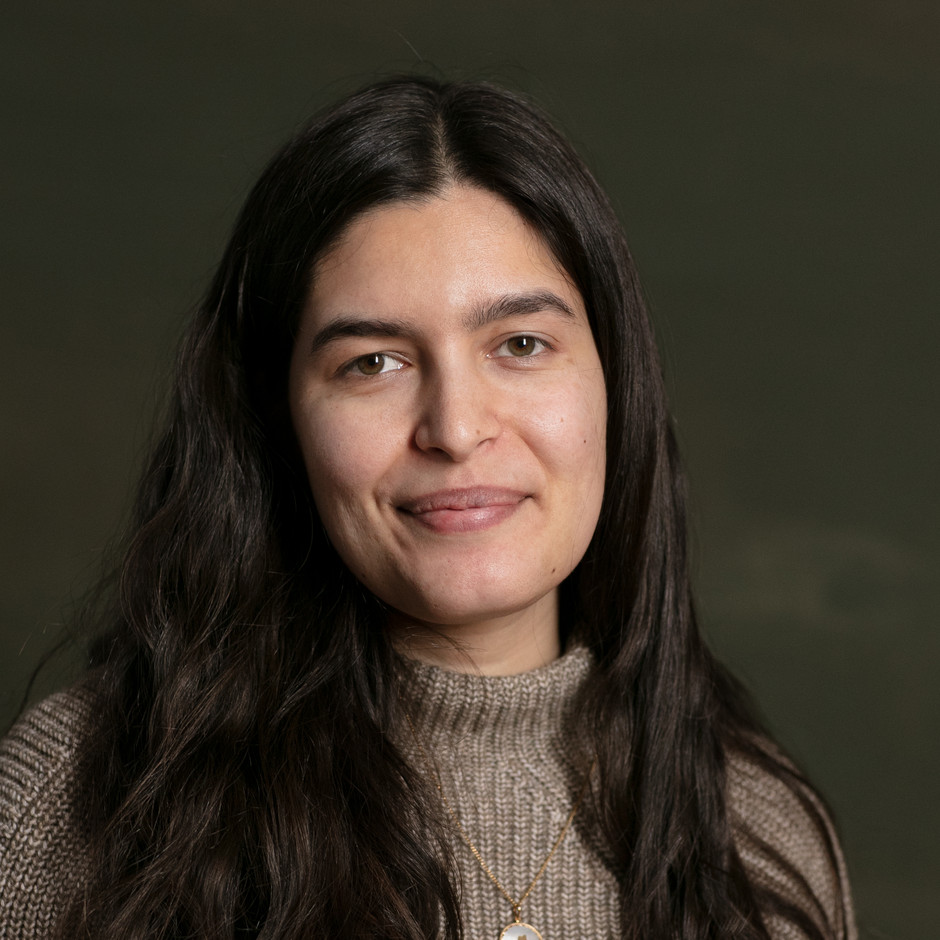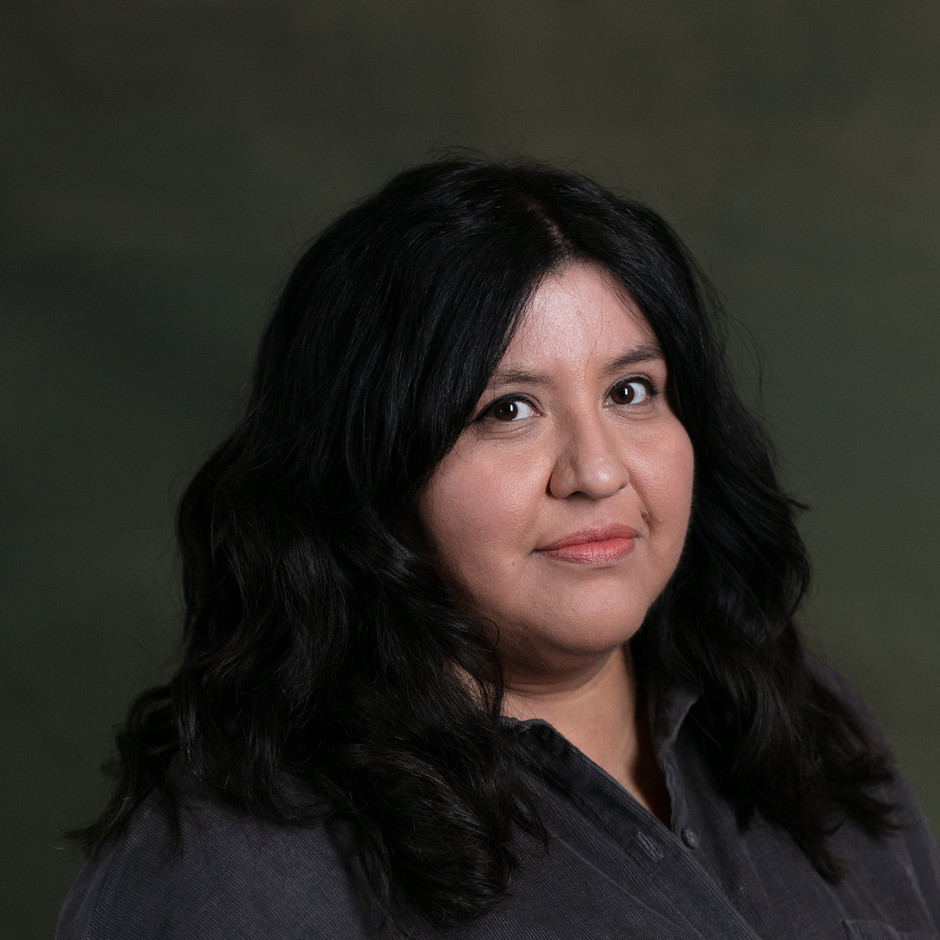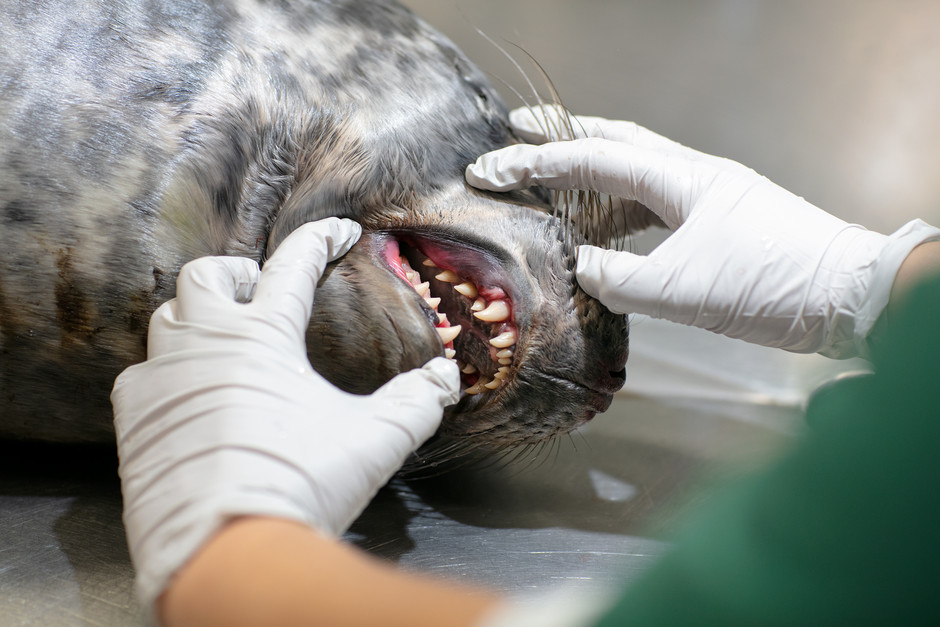Range
The ringed seal (Pusa hispida) is mostly found in the Bay of Bothnia, the Sea of Bothnia, the Gulf of Finland and the Gulf of Riga. Harbor seals (Phoca vitulina) are mainly found in the Skagerrak, Kattegat and Sound, but there is also a unique population in the southern Baltic Sea up to the Kalmar Strait that is classified as vulnerable (VU) in the Swedish Red List. Other seal populations in Sweden have increased in recent years and are classified as Least Concern (LC), but have threats in the form of effects of environmental contaminants, hunting, disease outbreaks, bycatch in fisheries and climate change.
Our mission
On behalf of the Swedish Agency for Marine and Water Management (SwAM), the Swedish Museum of Natural History (NRM) and the Swedish National Veterinary Agency (SVA) collaborate with the aim of monitoring the health status of our seal populations through pathological examinations. SVA conducts necropsies of stranded seals, while NRM performs necropsies on seals that have been killed by hunting or caught as bycatch in fishing gear. Projects with seal post mortem analyses as indicators of the state of the oceans have been ongoing since the 1970s and have been part of the national environmental monitoring since 1989.
The post mortem analyses provide us with important information about the seals' health, as well as contribute to an overview of the state of the sea through their role as apex predators. Collected knowledge about the seas, to which the surveys can contribute, is important for SwAM to be able to take a position on certain environmental and management-related goals.
Currently, the NRM annually examines organs from about 40 whole seal carcasses and about 200 organ packages taken out during hunting. The information collected deals with the following parameters:
- Pathological changes
- Age
- Blubber thickness
- Reproductive status
- Parasite presence
Samples are taken from all animals for NRM's Environmental Sample Bank for future analyses and research, as well as for collaborative projects with other institutions.
Projektdeltagare vid museet






